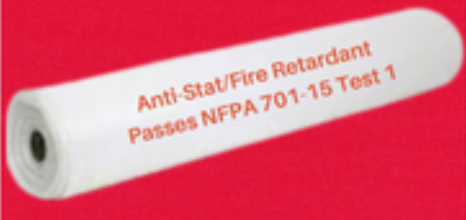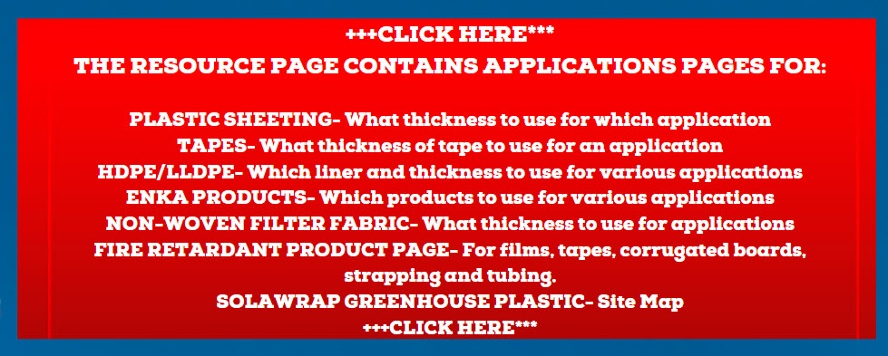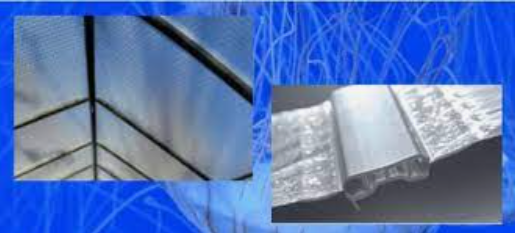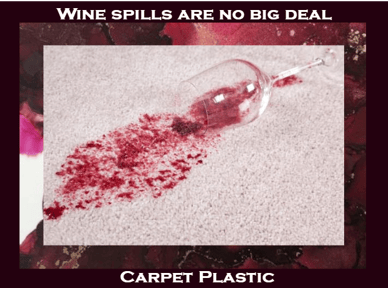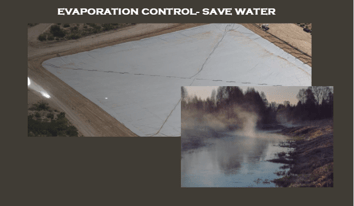Sustainability in Greenhouse Plastic
Introduction: Greenhouses play a crucial role in modern agriculture, allowing for year-round cultivation and protection of plants. When it comes to choosing the right greenhouse film, sustainability considerations are paramount. In this blog post, we'll compare the sustainability aspects of two popular options: SolaWrap Greenhouse Film and 6 mil Polyethylene Film. Let's dive into the details with a side-by-side comparison:
Durability:
- SolaWrap Greenhouse Film: Made from a unique bubble technology, SolaWrap offers exceptional durability. Its robust design and reinforced air pockets make it resistant to tears, punctures, and degradation over time.
- 6 mil Polyethylene Film: Although polyethylene film is widely used, the 6 mil variant is relatively thin and less durable. It is more susceptible to damage, punctures, and UV degradation, leading to shorter lifespan and increased waste generation.
Energy Efficiency:
- SolaWrap Greenhouse Film: The air bubbles within SolaWrap act as effective insulators, reducing heat loss and improving energy efficiency. This translates to lower energy requirements for heating the greenhouse, resulting in reduced carbon emissions and energy costs.
- 6 mil Polyethylene Film: While polyethylene film provides basic insulation, it is not as efficient as SolaWrap. The thin nature of the film allows more heat to escape, necessitating higher energy consumption for temperature regulation.
Lifespan and Replacement:
- SolaWrap Greenhouse Film: Due to its durability, SolaWrap has a significantly longer lifespan compared to 6 mil polyethylene film. It can endure harsh weather conditions, UV exposure, and wear and tear for extended periods, reducing the frequency of replacements and minimizing waste generation.
- 6 mil Polyethylene Film: Polyethylene film, especially the 6 mil variant, tends to degrade and become brittle over time. It may require more frequent replacements, resulting in increased waste and higher resource consumption.
Environmental Impact:
- SolaWrap Greenhouse Film: SolaWrap's durability and extended lifespan contribute to reduced environmental impact. Its long-term usage decreases the amount of greenhouse film waste generated, conserving resources and reducing landfill contributions. Additionally, SolaWrap is recyclable, further enhancing its eco-friendliness.
- 6 mil Polyethylene Film: The shorter lifespan and higher replacement frequency of 6 mil polyethylene film contribute to greater environmental impact. The disposal of worn-out film adds to the already substantial plastic waste stream, posing challenges for waste management and recycling efforts.
Conclusion: When it comes to sustainability, SolaWrap Greenhouse Film outshines 6 mil polyethylene film in multiple aspects. Its durability, energy efficiency, longer lifespan, and recyclability make it a more environmentally friendly choice. By opting for SolaWrap, growers can reduce waste, conserve resources, and minimize their carbon footprint. Consider the long-term benefits and sustainability factors when selecting the greenhouse film that aligns with your eco-conscious goals.





